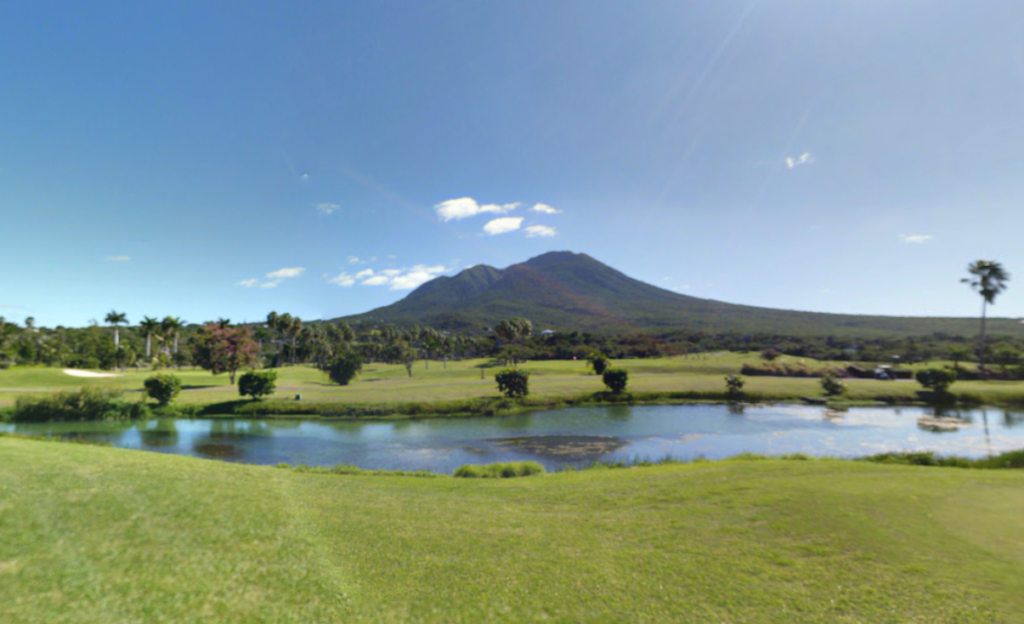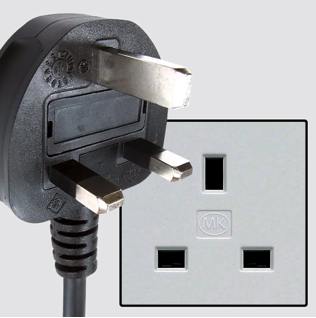Saint Kitts and Nevis / Federation of Saint Christopher and Nevis – Let’s explore here

What’s it like in Saint Kitts and Nevis?
Saint Kitts and Nevis consists of two small islands in the Caribbean. The two islands are separated from each other by The Narrows, a strait which is 2 miles (3 km) wide. It’s a relatively small country, about two thirds the size of the Isle of Wight, England, UK, with St Kitts being approximately 18 miles (29 km) long and 5 miles (8 km) wide, and Nevis being about 7 miles (11 km) by 7 miles (11 km).
The terrain is mostly mountains and forest, with St Kitts having three mountain ranges, the North West Range, Central Range and South-West Range. Nevis is dominated by Nevis Peak at 3,232 ft (985 m) above sea level. The highest point is Mount Liamuiga, on St Kitts, at 3,793 ft (1,156 m) above sea level.
Saint Kitts and Nevis’ population is around 54,000 (2023), about ⅓ of whom live in the capital, Basseterre. It relies heavily on tourism like many other Caribbean islands.

A bit about the history of Saint Kitts and Nevis
Early History and European Exploration
Saint Kitts and Nevis were originally inhabited by the Carib and Arawak peoples before the arrival of European explorers. In 1493, Christopher Columbus sighted the islands during his second voyage to the Americas. The Spanish did not settle the islands, leaving the French and English to establish colonies later.
Colonial Era
The English established the first permanent settlement on Saint Kitts in 1624, followed by the French on Nevis in 1628. The islands became a major centre for sugar production, relying heavily on enslaved Africans brought in to work the plantations. Throughout the 17th century, the islands saw conflicts between the French and English as both sought control over the valuable sugar trade.
British Control
By the mid 18th century, Britain had established control over both Saint Kitts and Nevis, and the islands remained part of the British Empire throughout the colonial period. Sugar cultivation continued to dominate the economy, with slavery playing a key role until the abolition of slavery in the British Empire in 1834. After emancipation, the economy remained dependent on agriculture, although the plantation system began to decline.
Move Towards Self Government
Saint Kitts and Nevis began to move towards self government in the early 20th century. In 1967, the islands became a self-governing colony within the British Commonwealth, with the right to elect their own government. The political relationship with Britain remained intact, but the islands were granted greater autonomy in their internal affairs.
Independence
On 19 September 1983, Saint Kitts and Nevis became an independent nation within the Commonwealth, with full sovereignty and membership in international organisations such as the United Nations. The first Prime Minister of the Federation of Saint Kitts and Nevis was Dr. Kennedy Simmonds.
Modern Saint Kitts and Nevis
Since independence, Saint Kitts and Nevis has worked to diversify its economy, with tourism, manufacturing and offshore banking becoming key sectors. The country remains a member of the Commonwealth and maintains a stable political system. However, it faces challenges such as a reliance on tourism and issues related to the impact of climate change on its economy.

Saint Kitts and Nevis road trip
Saint Kitts and Nevis is our 17th planned stop on our road trip through the islands of the Caribbean. Having explored Sint Eustatius, our next stop is Antigua and Barbuda.
Travelling overland between the islands is quite prohibitive due to the lack of transportation options. Travelling between different island countries via ferry is possible, however, ferries only operate between some islands. Chartering private boats between islands is also possible, although travelling with a car in this way is prohibitive. Flying is another option, although again, flights only operate between some islands.
Map of our road trip through Saint Kitts and Nevis

This is a map of our planned route around the islands of St Kitts and Nevis
Weather in Saint Kitts and Nevis
When is the best time to visit Saint Kitts and Nevis?
The best time to visit Saint Kitts and Nevis is from December to April. During these months, the islands have 7-8 hours of sunshine per day and rainfall of 1.8 – 4.3 inches (46 – 110mm) per month. The temperature ranges from 23 – 30°C (73 – 86°F).
When is the worst time to visit Saint Kitts and Nevis?
The worst time to visit Saint Kitts and Nevis is from July to November. During these months, the islands still have 7-8 hours of sunshine per day. However, humidity rises and it rains an average of 4.0 – 7.4 inches (102 – 188mm) per month. The temperature ranges from 25 – 31°C (76 – 88°F).
Hurricane Season in the Caribbean
Hurricane season in the Caribbean runs from June 1 to November 30. Storms tend to be more frequent and more severe in the latter half of the season.
Hurricanes are least likely during December, January and February.
Travel in and around Saint Kitts and Nevis
Ferries between Saint Kitts and Nevis
iConnect Ferries travels between St Kitts and Nevis several times per day, every day. There are also many other boats and water taxis that make the trip.
Ferries to other Caribbean island countries from Saint Kitts and Nevis
Makana Ferry Services travels between Saint Kitts and Sint Eustatius, Sint Maarten and Saba several times per week.
Flying from St Kitts and Nevis to Antigua and Barbuda
There are various airlines that fly between St Kitts and Nevis to Antigua and Barbuda.
What’s it like to drive in Saint Kitts and Nevis?
They drive on the left hand side of the road in Saint Kitts and Nevis. Roads are generally in fairly good condition.
We’ve also created a dedicated page to driving abroad, which you might find helpful 🙂
What currency do they use in Saint Kitts and Nevis?
In Saint Kitts and Nevis they use the East Caribbean dollar. Cash is widely used. The use of credit / debit cards is widely accepted in major cities, although not in rural areas. Travellers cheques are not accepted in the main. There are ATMs in cities, although not all accept foreign issued cards.
You should make yourself aware of the amount that your bank charges you for using credit and debit cards abroad. Often credit cards are cheaper for purchasing items directly, and for withdrawing cash from ATMs.
What language do they speak in Saint Kitts and Nevis?
They speak English and Creole in Saint Kitts and Nevis.
What time zone is Saint Kitts and Nevis in?
Remember, when you’re planning your next trip to take a look at what time zone it’s in.
Do I need a visa to visit Saint Kitts and Nevis?
We’ve created a dedicated, more comprehensive page on visas, which you should find helpful. Check it out!
Is wild camping legal in Saint Kitts and Nevis?
No, wild camping is not widely accepted in Saint Kitts and Nevis.
What plug / socket type do they use in Saint Kitts and Nevis?
In Saint Kitts and Nevis they use plug / socket types A, B, D and G.




Health issues in Saint Kitts and Nevis
Is it safe to drink water in Saint Kitts and Nevis?
Yes, it is safe to drink tap water in Saint Kitts and Nevis. Bottled water is also readily available across the country.
What vaccinations are required for Saint Kitts and Nevis?
This NHS website is kept up to date with all relevant information on vaccinations in Saint Kitts and Nevis.
Phones in Saint Kitts and Nevis
What is the country calling code for Saint Kitts and Nevis?
The country calling code for Saint Kitts and Nevis is +1 869
What are the emergency phone numbers in Saint Kitts and Nevis?
- The emergency number for police in Saint Kitts and Nevis is: 911
- In Saint Kitts and Nevis, the emergency number for ambulance is: 911
- The emergency number for fire in Saint Kitts and Nevis is: 911
If you’ve got some useful info that you’d like to share, let us know!
And don’t forget to check out all the other pictures!
